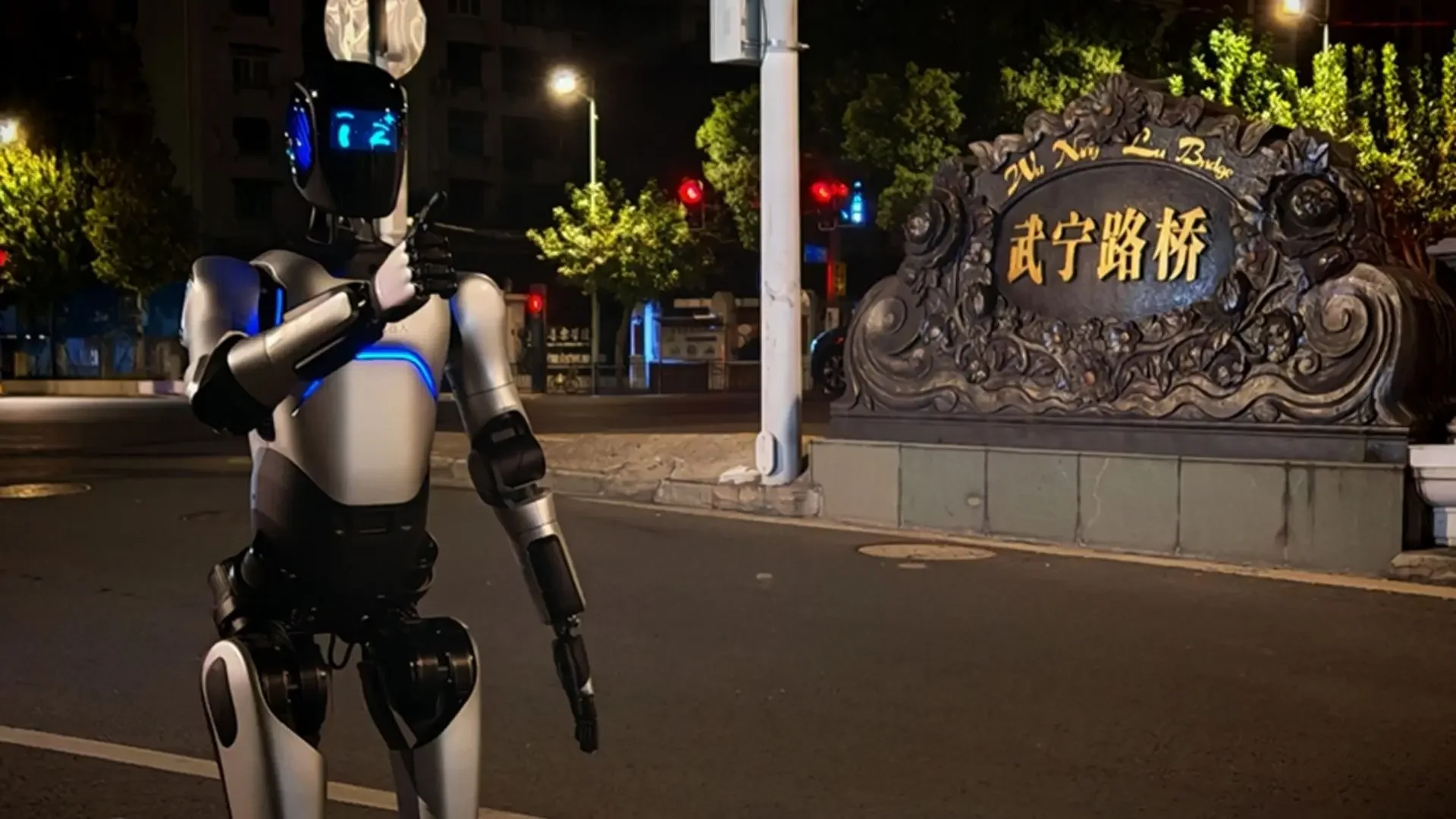Agibot’s A2 Sets a New Benchmark in Humanoid Endurance
China’s humanoid race just set a new milestone: a robot walked farther—continuously—than most people ever will.
Agibot’s A2 humanoid has officially broken the Guinness World Record by trekking 106.286 kilometers from Suzhou to Shanghai without a single shutdown. The robot began its journey late on Nov. 10 and arrived at the Bund before dawn on Nov. 13, remaining powered the entire time thanks to Agibot’s rapid hot-swap battery architecture.
Wang Chuang, Agibot’s senior vice president, framed the achievement plainly: “Walking from Suzhou to Shanghai is a tough task even for many humans, but the robot achieved it.” He said the feat validates the A2’s hardware maturity, balance algorithms, and endurance—key ingredients for scaling commercial deployment.
The robot’s sensor stack—dual GPS, LiDAR, and infrared depth sensing—allowed it to navigate real-world complexity: traffic lights, narrow corridors, crowds, bridges, tiled surfaces, tactile paving, asphalt, and ramps. It obeyed traffic rules the entire way and maintained perception across day and night conditions.
Upon arrival, A2 even joked to Xinhua reporters that the trek was an “unforgettable experience in its machine life,” adding it “might need new shoes.”
This isn’t China’s first endurance stunt. Just months earlier, the Tien Kung Ultra from the Beijing Humanoid Robot Innovation Center ran a 21-kilometer half-marathon in 2 hours and 40 minutes.
But Suzhou-to-Shanghai is a different breed of demonstration:
Not a race.
Not a sprint.
A marathon of reliability—exactly the kind industries want to see as humanoids inch closer to real-world work.
